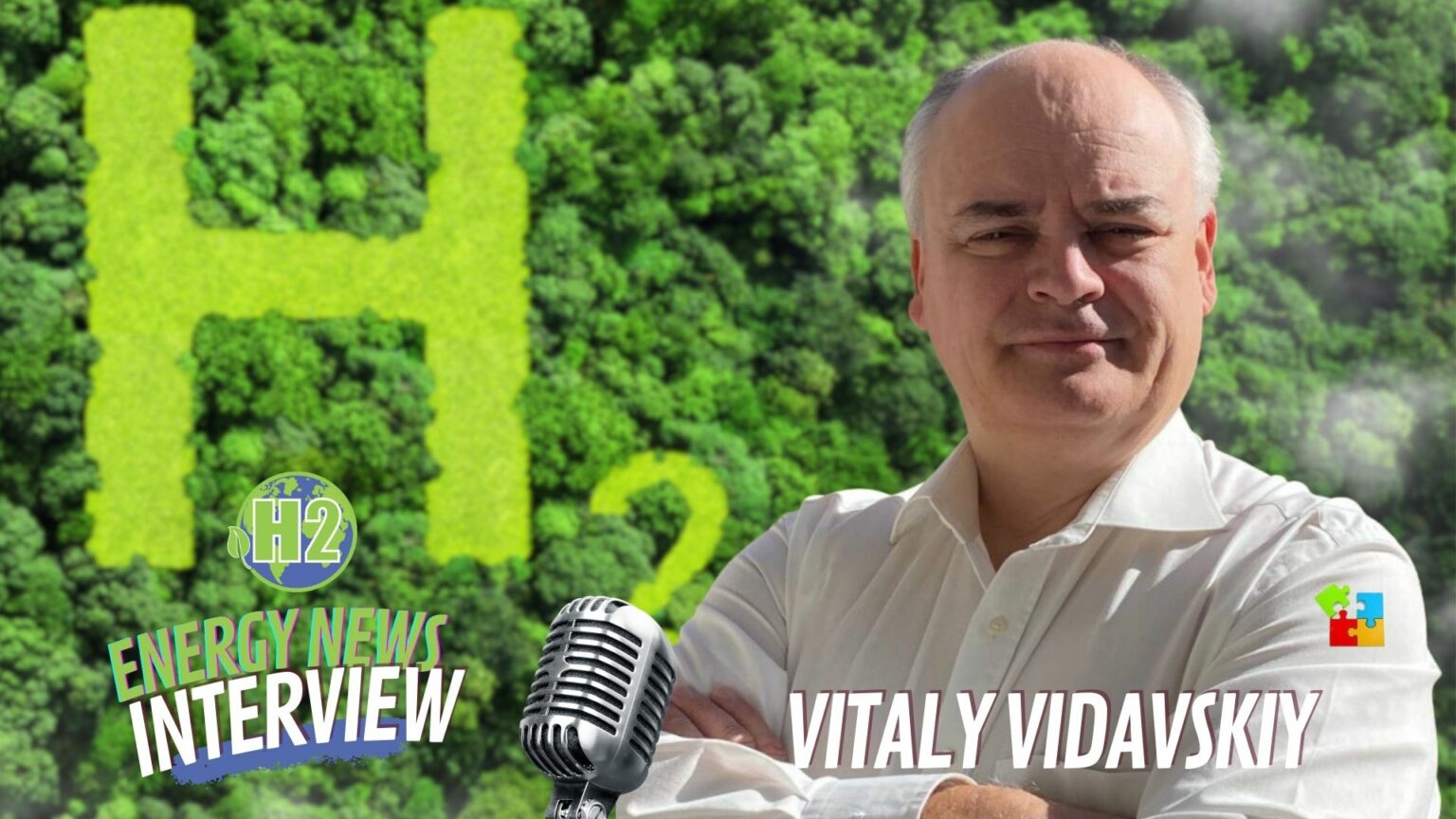The year is 2024, and over 60 companies worldwide are frantically drilling holes in the ground, chasing what could be humanity’s holy grail of clean energy – natural hydrogen. There’s just one small problem: they might be looking for something that doesn’t exist.
WATCH THE FULL INTERVIEW
“They drilled 24 wells in Mali between 2017-2019, with no commercial flow from any well except the original accidental discovery,” reveals Vitaly Vidavskiy, a geoscientist with over 35 years of experience in the field. “The forecast is quite gloomy… investors will get disappointed to the degree of pulling out.”
This isn’t just another pessimistic view – it’s a warning from someone who’s been studying natural hydrogen since 1985, long before it became the latest buzz in the energy sector. Today, as billions of dollars pour into exploration companies, Vidavskiy drops a bombshell that should make investors’ ears perk up: the entire industry might be working with a fundamentally flawed model.
The Fatal Flaw
While companies are searching for hydrogen “reservoirs” similar to oil and gas deposits, Vidavskiy argues these simply cannot exist. “Hydrogen is too volatile and too chemically aggressive to form pressurized deposits,” he explains. The very properties that make hydrogen challenging to store and transport on the surface make it impossible for nature to trap it underground in the way most companies are assuming.
Instead, Vidavskiy and his colleagues support a different model: deep-seated primordial hydrogen flowing through dynamic “chimneys” from Earth’s core. It’s not about finding a trapped reservoir – it’s about tapping into these natural flows.
The Mali Mirage
The industry’s current trajectory was largely inspired by the Mali discovery, where a water well accidentally struck hydrogen. But Vidavskiy suggests this success story might be misleading everyone. Despite drilling two dozen wells in the same area, no other commercial flows were found. Yet companies worldwide continue to replicate this approach, hoping for different results.
“In oil and gas, these things are done after proper exploration phases,” Vidavskiy notes. “In natural hydrogen, for some reason, things are expected to hang on the trees for free.”
A Russian Theory Ignored
Perhaps the most intriguing aspect of this story is the existence of an alternative approach, developed by Dr. Larin’s group in Russia decades ago. This theory has successfully predicted hydrogen flows in multiple locations, including the first intentionally drilled natural hydrogen well in Nebraska in 2019. Yet most companies and academics seem reluctant to even consider it.
The Stakes Are Enormous
The implications of getting this wrong are staggering. Natural hydrogen could be humanity’s ticket to clean, perpetual energy – available almost anywhere on Earth. But if the current exploration boom fails due to fundamentally flawed assumptions, it might set the field back decades.
“This will mean that humanity will miss a tremendous opportunity,” Vidavskiy warns. The tragedy isn’t just about lost investments – it’s about potentially derailing what could be the most significant energy revolution since the discovery of oil.
The Way Forward
While the outlook might seem gloomy, Vidavskiy isn’t suggesting we abandon natural hydrogen exploration. Instead, he advocates for a complete paradigm shift in how we approach it. The solution might not lie in deeper wells or more advanced drilling technology, but in fundamentally rethinking what we’re looking for.
As the industry races ahead, the question remains: will investors and companies be willing to challenge their basic assumptions before it’s too late? The clock is ticking, and billions of dollars – not to mention humanity’s clean energy future – hang in the balance.
The answer might not lie in the depths of the Earth, but in our willingness to admit we might have been looking at the whole thing wrong from the start.
